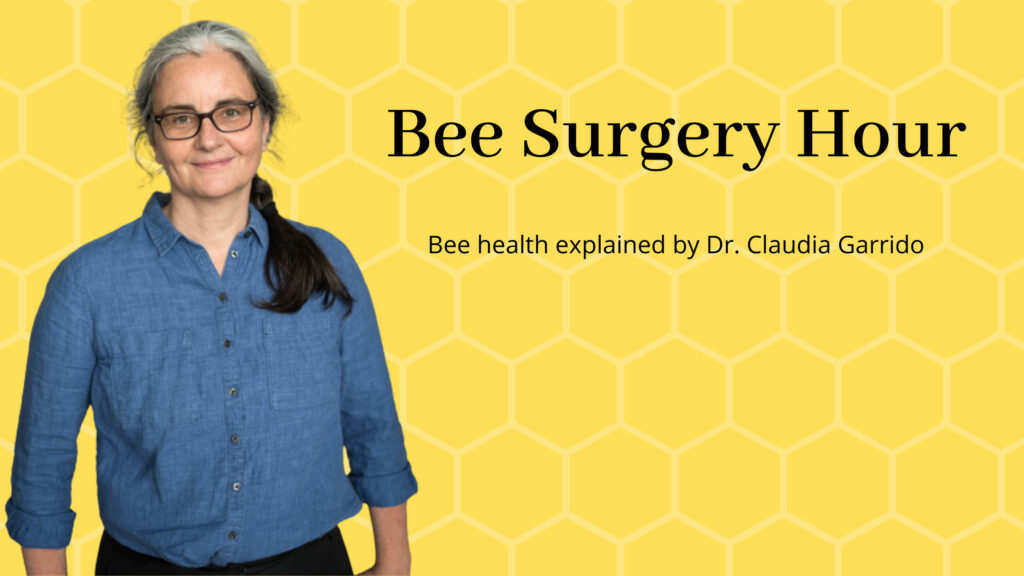The Bee Health Compendium is out! What’s that, you may ask. Well, it’s a little eBook, in which I put together the foundation of honey bee health. It’s maybe the compressed version of the Bee Health Course I did almost two years ago. I wrote it with advanced beekeepers and vets in mind, who want to up their game in keeping honey bee colonies healthy. It opens the BeeSafe Academy.
Because here’s the thing: You need a good foundation for healthy colonies. It’s not the first time I say that theory and practice aren’t opposites, but two sides of the same coin. If you don’t know the basics of what you’re doing, you’re on the level of pure trial and error. Which may work for a while. But in my opinion it’s better to have a foundation to build on. To guide your practice by knowledge. That’s why I wrote this compendium, but let me tell you a bit about it.
A different kind of managed animal
Honey bees, as you know, live in colonies. When we talk about their health, this is an important detail. Honey bee colonies are “superorganisms”, which means that the whole colony acts as a functional unit. It’s an individual, like you and me. At the same time, it’s a multitude of “individuals”. A single worker though, a larva, or even the queen, are only a part of it. Alone they wouldn’t survive and they don’t display the whole range of honey bee behaviour or their ecological function.
A superorganism is more than the sum of its single parts. When we manage honey bee colonies, we have to look both at the single bees (not squeezing the queen, for instance…) as well as the state of the whole colony. Managing honey bees, therefore, is different than managing cattle in this aspect.
A different concept of health
Being a superorganism also influences bee health. A honey bee colony is much more resilient in front of stressors as a solitary insect can be. The colony “buffers” many stressors, so that you may see the negative effects only when a tipping point was reached. Which is good and bad at the same time. On the one hand, it’s good to know that not everything will kill or harm the colony as easily. On the other hand, however, you see the damage only when it’s too late… So, if you want to keep your colonies healthy and productive, you have to know about the early signs.
The Bee Health Compendium, or the BeeSafe Academy as a whole, wants to give you the knowledge for that. Knowledge also prevents that you fall into the multiple scams and traps that are out in the beekeeping world. Health is also much more than the absence of disease. It’s a whole system of different factors and conditions. I wrote this compendium also to show a more holistic approach to bee health.
The BeeSafe Academy finally starts!
I’ve been announcing this idea for quite some time now. But even if I was very excited to start this project, I was also a bit scared to start something new. But now, with BeeSafe existing for 10 years, it was time to take this next step. So, if you want to try out the Bee Health Compendium, you will land on a new website after buying it – the Academy. There, slowly but steady, you will see more eBooks and courses all about bee health.
Too often, the discussion around bee health limits itself to varroa and pesticide issues. Despite their importance, there’s much more to it. And we shouldn’t forget that. BeeSafe’s very own academy is meant to give you the whole picture. I hope to see you there.

P.S.: If this eBook isn’t for you: no worries. You can also get updated in my bi-weekly to monthly Bee Health Letters. Subscribe to them for free by scrolling down until getting to “Keep current with BeeSafe!”. You’ll get regular info on bee health – not as comprehensive as in the Compendium, though!


